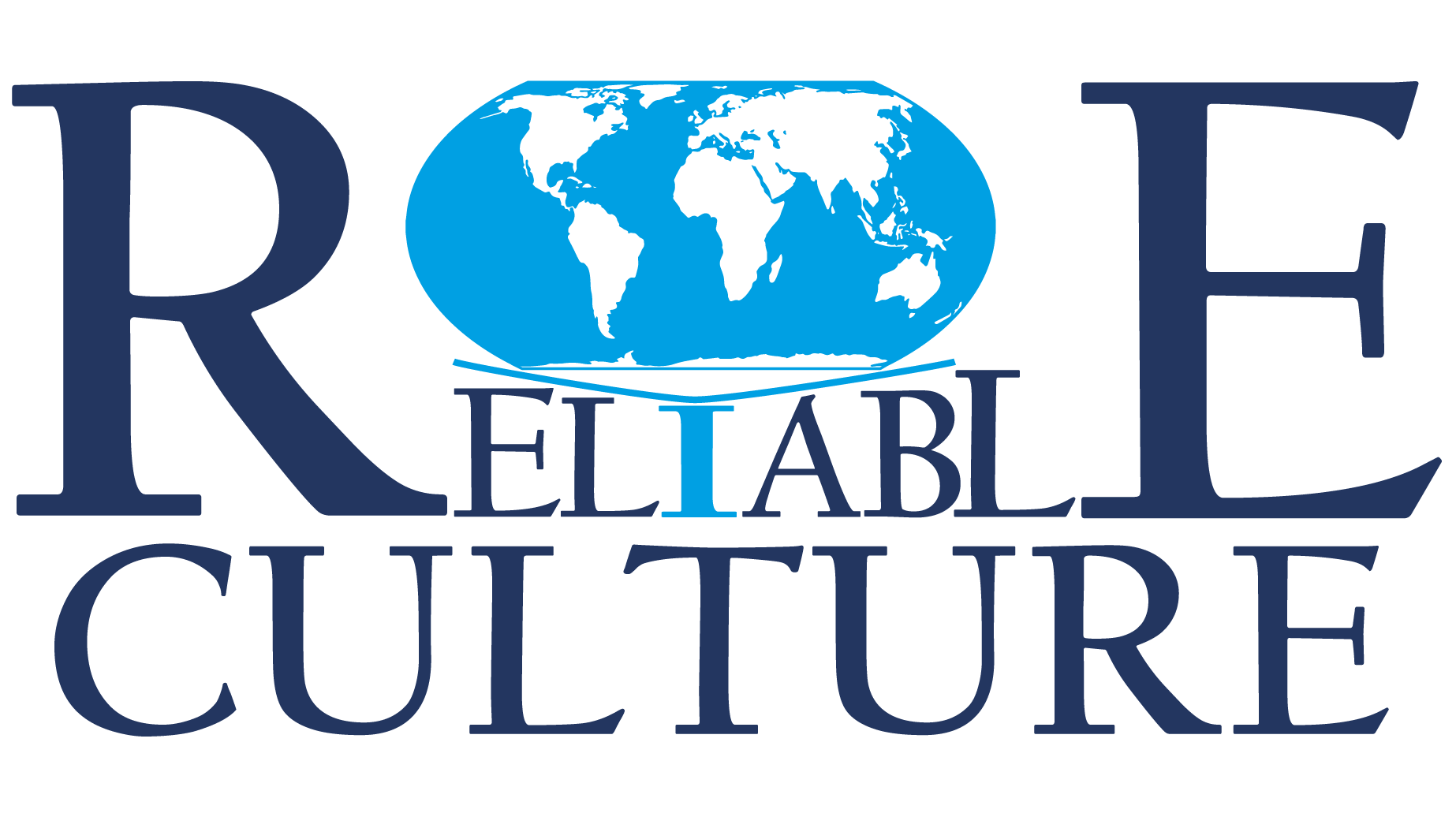Other examples of Metrics are: “length”, “weight”, “speed”, “temperature”, “pressure”, if we are looking at the simple physical metrics with which we conceptualize simple attributes or attributes of simple systems.
A more complex metric is the IgG Serology – a blood test that allows a doctor to understand (with some error) whether a Human is COVID-19 positive or not.
An even more complex metric is Personality. This allows us to understand in a simplified manner an individual Human, and to try to estimate their reactions to particular outside events. The fact that there are many categorization systems which have their share of usefulness, tells us just how complex a Human individual is.
Going further, accepting the complexity of an individual human, we can only expect that a group of individuals is even more complex. For this reason, Culture is a complex metric, that is trying to make sense of this system, and there are several instruments that try to measure Culture. The biggest constraint that we have in understanding Culture, is the fact that we are all part of it. We are part of several groups with several Cultural elements, so we have our point of view, our Biases, and our preferences. If you like, measuring culture is like a group of Blood cells trying to measure IgG Serology. However, with all of the constraints, we can still use Culture, Organizational Culture, and Group culture in a very functional way and find practical and functional courses of actions either to achieve our company’s goals, to reconcile conflicts between groups of humans, or to go to the next level in the evolution of our society.
In a nutshell, the metric of Culture allows us to understand the tendencies a group of humans have in comparison to other groups of humans, and it allows us to understand in a more precise manner, how the group will react to particular changes, to particular policies, or to particular outside threats (regardless if natural, or coming from other groups of humans).
